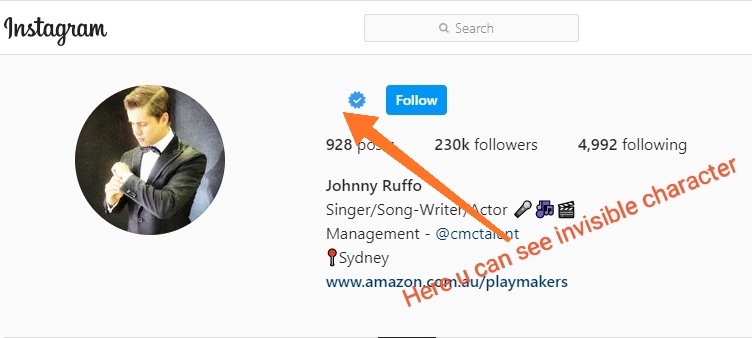

Here is a text separated by common spaces. If you want to check it try writing it yourself by typing ALT + 0160 in the numpad and compare it with the space resulting by typing on the space key of your own keyboard (corresponding to U+0020). First of all, we need to consider that different locales have their own space character, like in Japanese or Chinese, although normally written without spaces between words, these language encodings have whitespaces whose width is relative to the width of the visible characters ( ideographic space), so to say, longer than European scripts. Obviously the first thing that comes into your mind when talking about invisible characters are spaces but, did you know that there are actually many types of spaces? A quick consult to the UNICODE documentation page shows a range of different characters codes used for spacing between words. "There are many more characters than what you can actually see" Let's then have a look at the most common invisible characters that we need to be aware of.

#INVISIBLE CHARACTER COPY WORD HOW TO#
On those occasions, knowing how to deal with invisible characters and some techniques for cleaning up your data is a must have, otherwise your code can easily get corrupted. This doesn't cause any problem for the 99,999% of users but the issue comes when we need to check for patterns in the text (for example, matching patterns by regex), or when we need to reuse some texts for NLP purposes like compiling a corpus, etc. how a specific word or set of words should be seen by the final user (formatting) or which encodings should your browser use, etc. The majority of them are there just for mark-up purpose, e.g. Dealing with digital texts can be sometimes tricky if you are not aware of one simple statement: "There are many more characters than what you can see in your text".


 0 kommentar(er)
0 kommentar(er)
